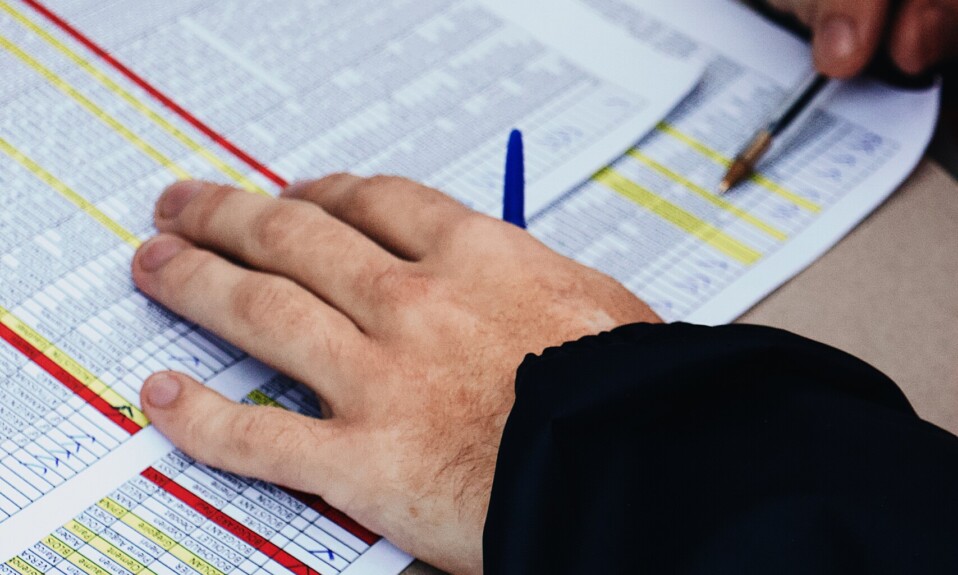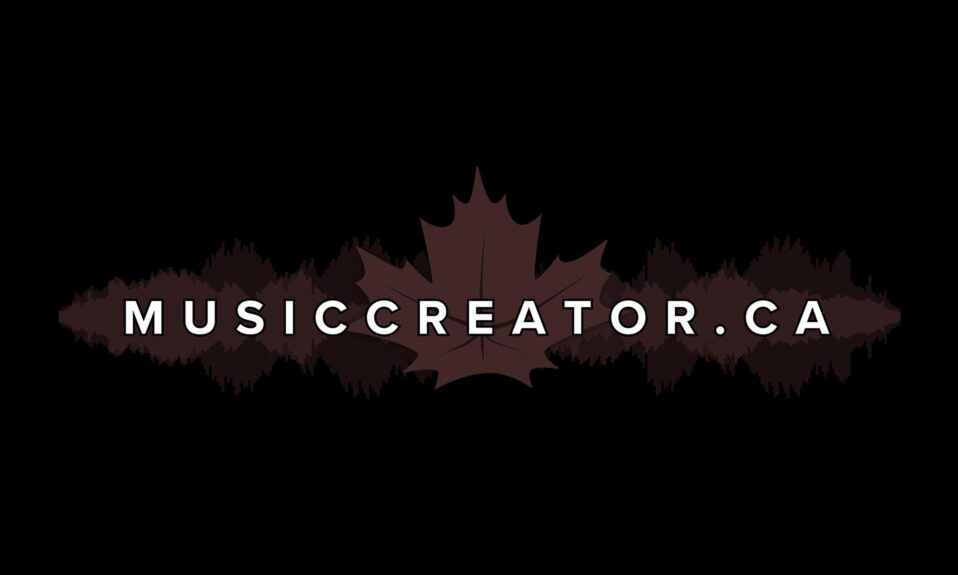
What documents make it possible for performing rights organizations to calculate royalties when music is used in AV productions?
While PROs are usually able to determine when a particular film or TV show is screened, broadcast, or streamed, there’s no way for many of them to know what musical works are used in that AV production—and therefore no way for them to pay out performance royalties—without a document called a “cue sheet.”
Cue sheets contain a large amount of production-specific information including the name of the show or film, the country where it originated, the title and exact length of each musical segment or “cue,” how each cue is used (e.g., as theme, background, featured, or logo music), who the rights holders are, what percentage of the royalties they should each receive, and a number of other details.
While many parties often contribute to the completion of a cue sheet (e.g., the screen composer may address the details related to the use of the score, while the music supervisor provides information on the songs that have been synchronized), it is technically the responsibility of the production company to fill it out and submit it to the rights holders’ designated PRO (and production contracts often include language to this effect). It should be noted, however, that while SOCAN and PROs in other countries regard the version of the cue sheet submitted by the production company to be the authoritative one, they will also accept cue sheets submitted by music creators, publishers, and others—which may be necessary if a production company fails to provide one.
Cue Tips
Since cue sheets often change hands numerous times, there are many opportunities for errors to be introduced. And if any of the information they contain is incomplete or incorrect, it may result in inaccurate royalty calculations and payments. To mitigate this possibility, here are some cue sheet “best practices” for Canadian music creators:
- At the outset of each project, clearly establish which party will be submitting the cue sheet (smaller production companies may not know that it’s usually their responsibility to do so).
- Ask to see the completed cue sheet before the production company submits it to SOCAN, so the information can be verified.
- If the definitions of certain terms are unclear (e.g., theme vs. feature music), refer to SOCAN’s cue sheet instruction document for clarification.
- Verify that the correct Interested Party Information (IPI) number is included beside the name of each creator and publisher on the cue sheet. This number is unique to them and will ensure that they aren’t mistaken for similar people or companies.
- Check that the total duration of the music noted on the cue sheet does not exceed the duration of the production itself. Otherwise, the document will not be accepted.
- If necessary, follow up with the production company to confirm that the cue sheet has been submitted to SOCAN, and request a copy.
Learn more about cue sheets—and download SOCAN’s cue sheet template and instruction document.











